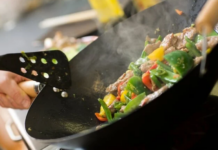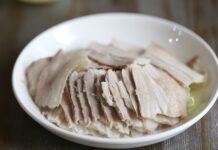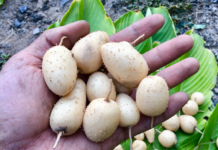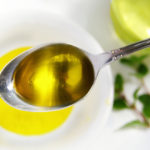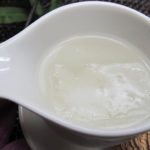Boiled vegetables are a regular dish in many households. Everyone wants a plate of boiled vegetables that are soft and tender but still retain their natural vibrant color. However, in reality, many people end up with boiled vegetables that turn yellow or have a dull color. Or sometimes, the boiled vegetables look beautiful at first but they turn green after a while, making them less appetizing. In this case, the chef will use the following methods (pay attention to the paragraph about cooking oil):
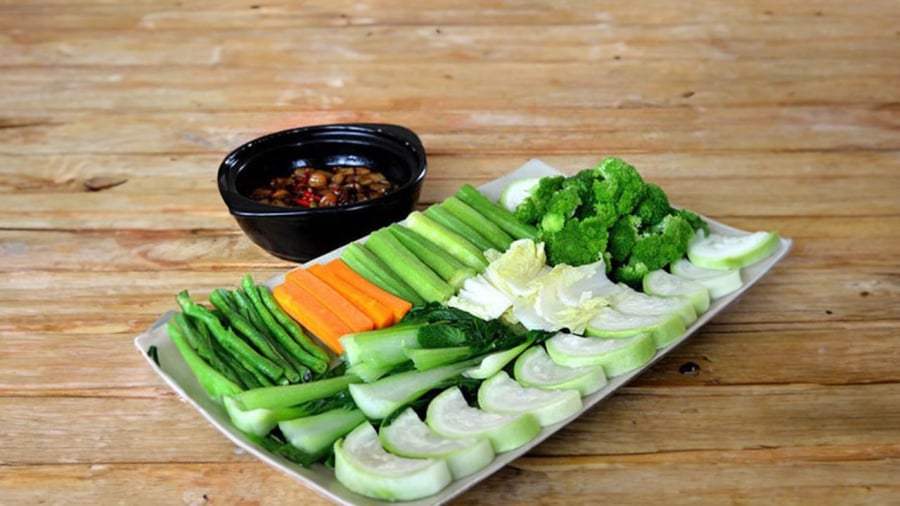
Full immersion boiling:
Lack of water during the boiling process causes the parts of the vegetables that float on the surface to turn black. Therefore, it is necessary to fully immerse the vegetables in boiling water. When the vegetables come into contact with the boiling water evenly, they will cook evenly and retain their color. Especially for water spinach and Chinese flowering cabbage, if you use too little water to boil them, the upper parts will become very dark.
Boiling with high heat: The boiling water for the vegetables should have enough heat so that when you put the vegetables in, it quickly boils again. If you let them boil for too long, the vegetables will lose their nutrients and color. Therefore, you need to measure the amount of water suitable for the pot and stove. For a regular household stove, use a medium-sized pot and a moderate amount of vegetables for each boiling session to quickly bring the water back to a boil. For industrial kitchens, you can use a larger pot to boil more vegetables at once.
Adding some salt to the boiling water: Adding salt to the boiling water enhances the flavor of the vegetables and helps them retain their beautiful green color.
Add cooking oil, an important tip: After the vegetables are cooked, add a tablespoon of cooking oil before taking them out. The purpose of the oil is to create a protective layer on the outside of the vegetables to help them retain their natural color, so they will look beautiful after boiling. Moreover, the oil acts as a natural preservative by forming a protective layer on the outside, so when you take them out, they will remain stable for a longer time. The oil also makes the boiled vegetables look more appealing and softer.
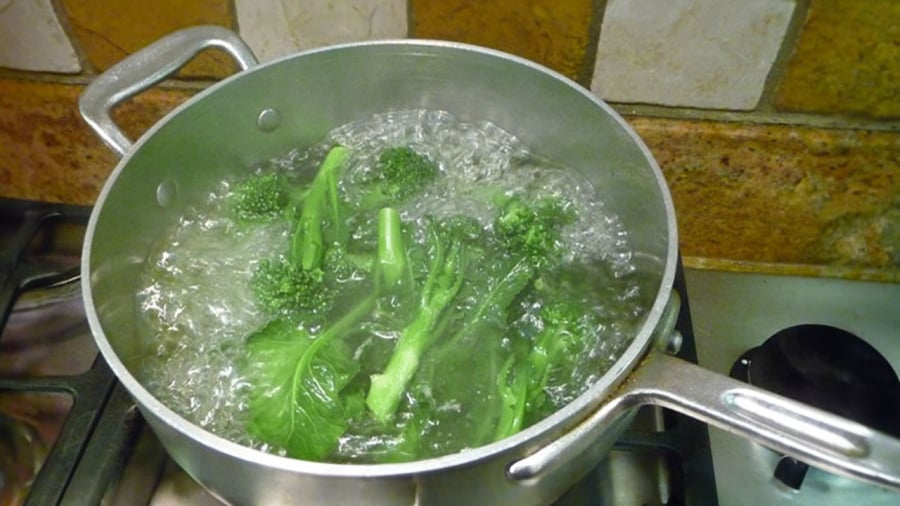
Scoop the vegetables onto a wide plate or strainer: To maintain the natural color of the vegetables, you need to cool them down quickly and avoid letting them steam. This way, they will retain their beautiful color. Therefore, when you scoop the boiled vegetables out, use a wide plate or a strainer with holes. Alternatively, you can also dip them in ice water to help them retain their color better.
Notes on using cooking oil for boiled vegetables:
Cooking oil is a natural preservative for food. If you don’t believe it, try burying a piece of fried cake in lard for half a month and it won’t spoil. Moreover, the oil helps create a protective layer on the outside of the food, preventing bacteria from invading, which helps preserve the boiled vegetables, especially on hot sunny days.
Therefore, you can add cooking oil when boiling vegetables to make them soft, beautiful, and preserve their freshness for a longer time. However, you shouldn’t add too much oil because it will make the food greasy and heavy.
It’s recommended to use cooking oil instead of lard because lard has a strong taste that can affect the flavor of the vegetables. Choose a good-quality cooking oil with a pleasant taste, so it won’t affect the flavor when added to the boiling water.
If your family members don’t like the boiled vegetable broth, you can focus on the plate of boiled vegetables. However, if your family enjoys the broth, then when scooping out the vegetables, keep the heat high so that the boiling water in the pot quickly rises and the oil film floats to the walls of the pot, then use a large ladle to scoop out the broth. That way, when you serve the vegetable broth, there won’t be any oily film on top.
After seeing this, my mother-in-law was no longer hesitant. For her, boiled vegetables should taste fresh, adding cooking oil is unnecessary just like stir-frying without salt or cooking oil. But after tasting the soft and delicious vegetables, without feeling greasy, because we used only a small amount and added them to boiling water. After that, she went around telling the neighbors.
Tips on Selecting Healthy Cooking Oil and Safe Ways to Cook with It
A Taiwanese company has made a significant impact on the food industry through the recycling of over 700 tons of dirty oil, which has been exported to over 12 countries, including Vietnam. This has raised a few eyebrows among housewives, as cooking oil is an essential condiment in daily cooking. To ensure the safety and quality of their cooking oil, consumers should take note of the following advice.







